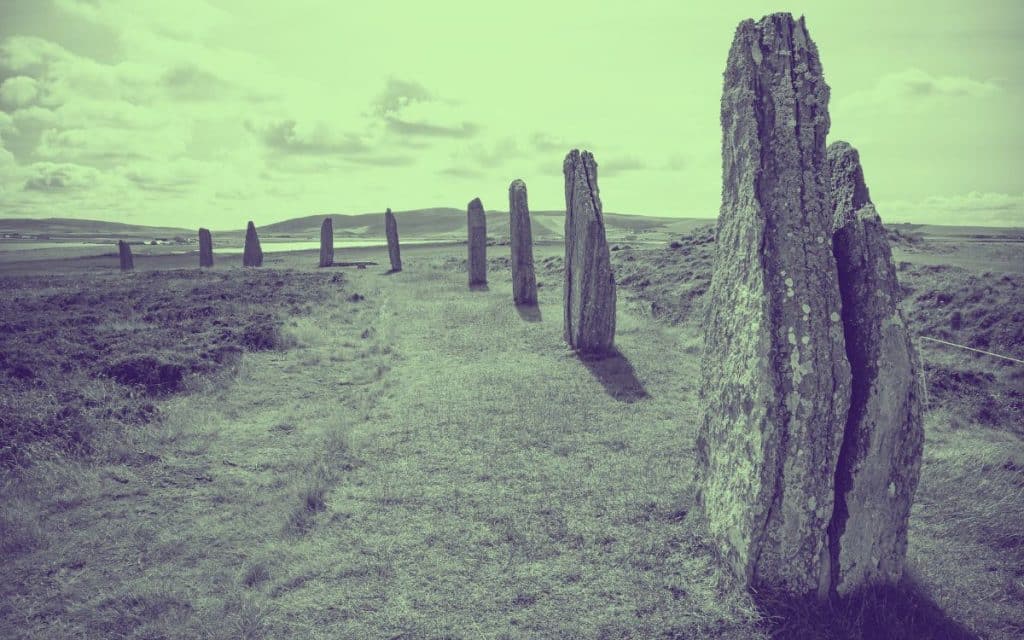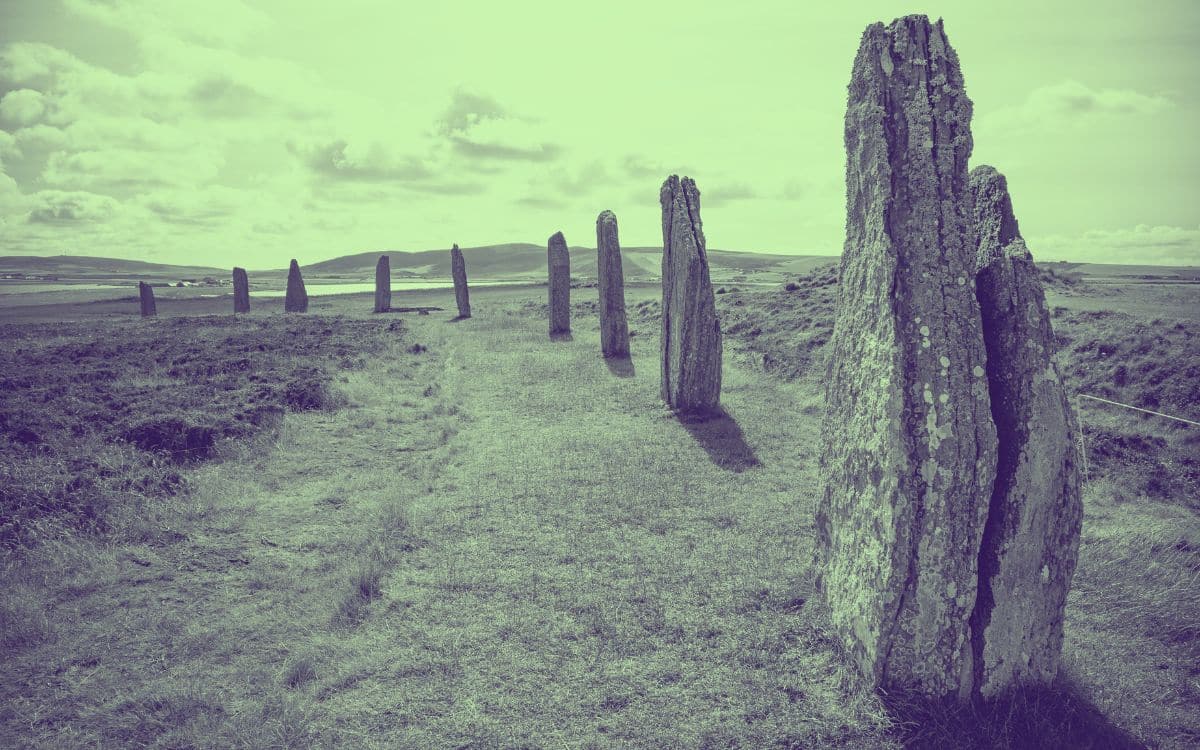If you’re drawn to ancient monuments and atmospheric landscapes, the Ring of Brodgar in Orkney offers a powerful glimpse into Britain’s prehistoric past

If you’re visiting Orkney and enjoy ancient places with a touch of the spooky, the Ring of Brodgar is a must-see.
Set between two lochs on Mainland Orkney, this enormous stone circle is one of the best-preserved and most mysterious prehistoric monuments in the UK.
It’s also one of the oldest. Archaeologists believe it was built sometime between 2500 and 2000 BC, during the late Neolithic period.
That makes it older than Stonehenge, and it forms part of a wider area of ancient monuments known as the Heart of Neolithic Orkney, which has been given UNESCO World Heritage status.
A ring full of secrets
The Ring of Brodgar is a perfect circle over 100 metres wide.
Originally, it may have had up to 60 standing stones. Today, 36 remain standing, with others fallen or missing.
What makes the ring even more impressive is that it sits inside a huge ditch, up to three metres deep and carved directly into solid rock — an incredible feat for people using only stone tools.
Unlike some other stone circles, the Ring of Brodgar does not appear to be aligned with the sun or moon in any obvious way.
This has led to much debate among experts. Was it a religious gathering place? A calendar? A site for rituals connected to life, death or the changing seasons? No one knows for sure.
What we do know is that the site was not built in isolation.
Just a short distance away are the Stones of Stenness, Maeshowe burial chamber and the Ness of Brodgar, a large ceremonial complex that is still being excavated today.
These sites are all thought to have been connected, possibly forming a kind of prehistoric ceremonial landscape.
Strange feelings and ghostly tales
Plenty of visitors say the Ring of Brodgar gives off a strange atmosphere.
Some report feeling dizzy or light-headed while walking among the stones. Others feel deeply calm, or even a bit emotional for no clear reason.
Some say they’ve had odd dreams after visiting, or felt as though they were being watched.
These stories are part of why the Ring is often called one of Britain’s most “psychic” places.
The effect seems strongest during the solstices, when some say the energy in the circle becomes more intense.
Local folklore adds to the mystery.
One well-known tale says the stones were once giants, caught dancing in a circle by the rising sun and turned to stone.
A lone stone nearby, known as the Comet Stone, is said to be the fiddler who played music for them.
A powerful place in the landscape
The Ring of Brodgar sits on a narrow strip of land between Loch Harray and Loch Stenness.
The surrounding views are stunning.
It is a quiet, open place with sweeping skies and very few modern distractions — just the wind, the water and the stones.
Some believe the site lies on important ley lines — invisible energy paths that connect sacred places across the country.
Others simply describe it as a “thin place”, where the boundary between the everyday world and something older, deeper or spiritual feels more fragile.
Visiting the Ring of Brodgar
The Ring of Brodgar is free to visit, open all year round, and managed by Historic Environment Scotland.
There is a small car park nearby and a level path that leads to the stones.
There are no visitor facilities on-site, so wear good shoes and dress for the weather — Orkney can change quickly.
It is best to visit early in the morning or late in the evening, when the light is low and the crowds are gone.
That is when the place really comes alive — not with sound, but with a kind of stillness you can feel.
Whether you’re drawn by the archaeology or just curious about the stories, the Ring of Brodgar is one of those places that stays with you.
You do not need to believe in ghosts or energy lines to sense that this is a special piece of land — full of memory, mystery and meaning.
Other stone circles in Orkney
The Ring of Brodgar might be the most famous stone circle in Orkney, but it is not the only one.
The islands are home to several other ancient sites that are well worth visiting:
- The Stones of Stenness: Located just south of Brodgar, the Stones of Stenness may be even older — built around 3100 BC. Only four stones remain, but they are some of the tallest in Britain, reaching up to six metres. The site likely had strong ceremonial importance and may have been linked to the Ring of Brodgar through a processional route.
- The Comet Stone: Standing alone just outside the Ring of Brodgar, this single stone is linked to local legend as the petrified fiddler from the dancing giants tale. It may have been part of a wider ceremonial complex, or even acted as a marker stone.
- Bookan Circle: Located just to the northwest of Brodgar, this is a much smaller site now mostly lost to time. It may have originally been a burial mound with a stone circle. Little remains, but it is thought to have played a role in the area’s wider ritual landscape.
- Other sites: Scattered across Orkney, especially on Mainland and some of the outer islands, are the remains of smaller and lesser-known stone settings and burial circles. Many have been damaged or reused over time, but they show that Orkney’s ancient people were building sacred spaces across the islands.
Have you been to visit the Ring of Brodgar? Tell us about your experience in the comments section below!



